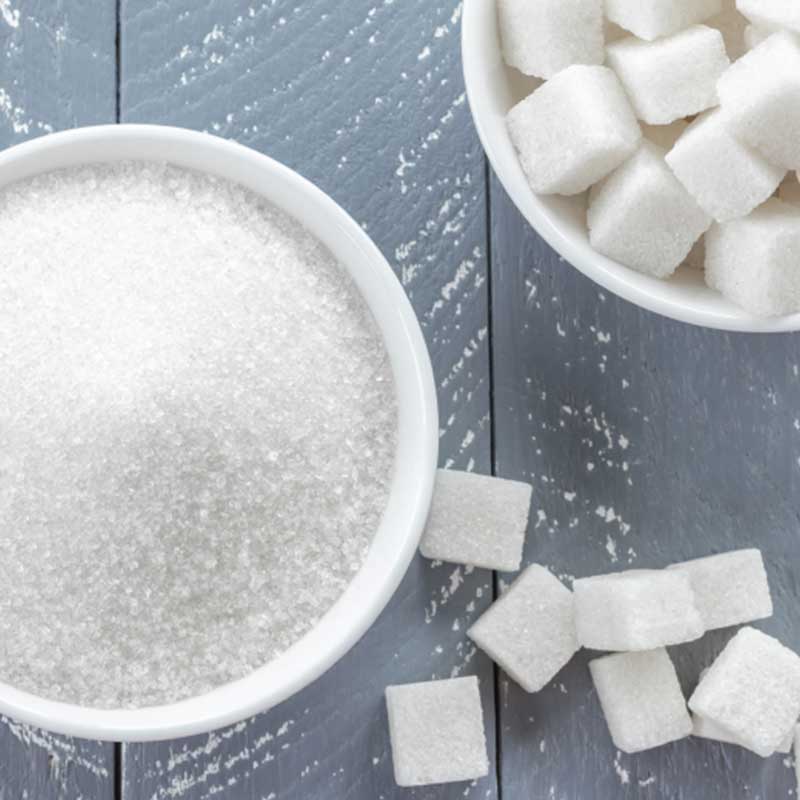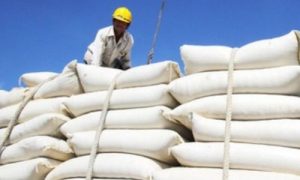Sugar getting even pricier poses new threat to food inflation

Sugar, consumed in everything from chocolate to fizzy drinks and baked products, is becoming ever more expensive, raising costs for the industry and keeping up pressure on global food inflation.
Prices of refined sugar surged to the highest in more than a decade this week, while the raw variety is near to the costliest in over six years. Global supply is tightening, mainly because India, one of the top shippers, has cut exports after rains hurt the sugar cane crop and as more sweetener is diverted to biofuel.
Exports from India are set to almost halve to 6 million tons in the year ending in September from about 11 million tons a year earlier, and could slump to as low as 4 million tons next season, according to a Bloomberg survey of traders and analysts. That reduces supply in a market that’s already tipped to show a shortage next year by consultancies Green Pool and Covrig Analytics.
If the country exports less sweetener than expected next season, “prices will have to rise to extract sugar from any other part of the world,” said Henrique Akamine, head of sugar and ethanol at Tropical Research Services.
India is responsible for 6 million tons in our balance sheet for international sugar trade flows in 2023-24, said Akamine. “If you simply remove even half of what we’re forecasting, the trade flow will go into deficit.”
The jump in sugar prices has already worsened the impact of inflation in the UK with shoppers paying more for baked goods, sweets and fizzy drinks.
While top shipper Brazil is expecting bumper production of sugar cane, rains have delayed harvesting and port capacity may constrain supplies to the global market as the country is also gathering a record soybean crop. Output in Thailand, another leading exporter, is also likely to miss forecasts this year.
A steady increase in global consumption and declining stockpiles have made supplies from India even more crucial for the world market. In a sign of how important India is, prices soared to a six-year high in January on concerns that the country wouldn’t approve more exports this season. When the government signaled in March that it may allow more shipments, prices eased.
The drop in Indian exports is down to lower output and more use of sugar cane for biofuel. Heavy rains cut cane yields in Maharashtra, which accounts for more than a third of the country’s sugar output. The food ministry expects national production to fall to 33.6 million tons in the current season, down from an earlier estimate of 35.2 million tons and 35.9 million tons a year earlier.
While it’s still early to assess India’s output in the season starting in October, estimates range from 32 million to 34 million tons, with potential for an even lower crop if El Nino brings dry weather, traders and analysts said. Production of 32 million tons would give an exportable surplus of 4 million to 4.5 million tons, said Rahil Shaikh, managing director of trader Meir Commodities India.
At the same time, Prime Minister Narendra Modi is pursuing an aggressive biofuel program that will see more sugar cane diverted to make ethanol. The government says the benefits are that it will reduce air pollution, cut oil import bills, make use of excess local production and boost farmer incomes.
The program will eat into how much cane juice is used for making sugar. This season, the government plans to divert 5 million tons of sugar to make ethanol, up from 3.6 million tons a year earlier. The eventual goal is to divert 6 million tons annually toward fuel production by 2025.














